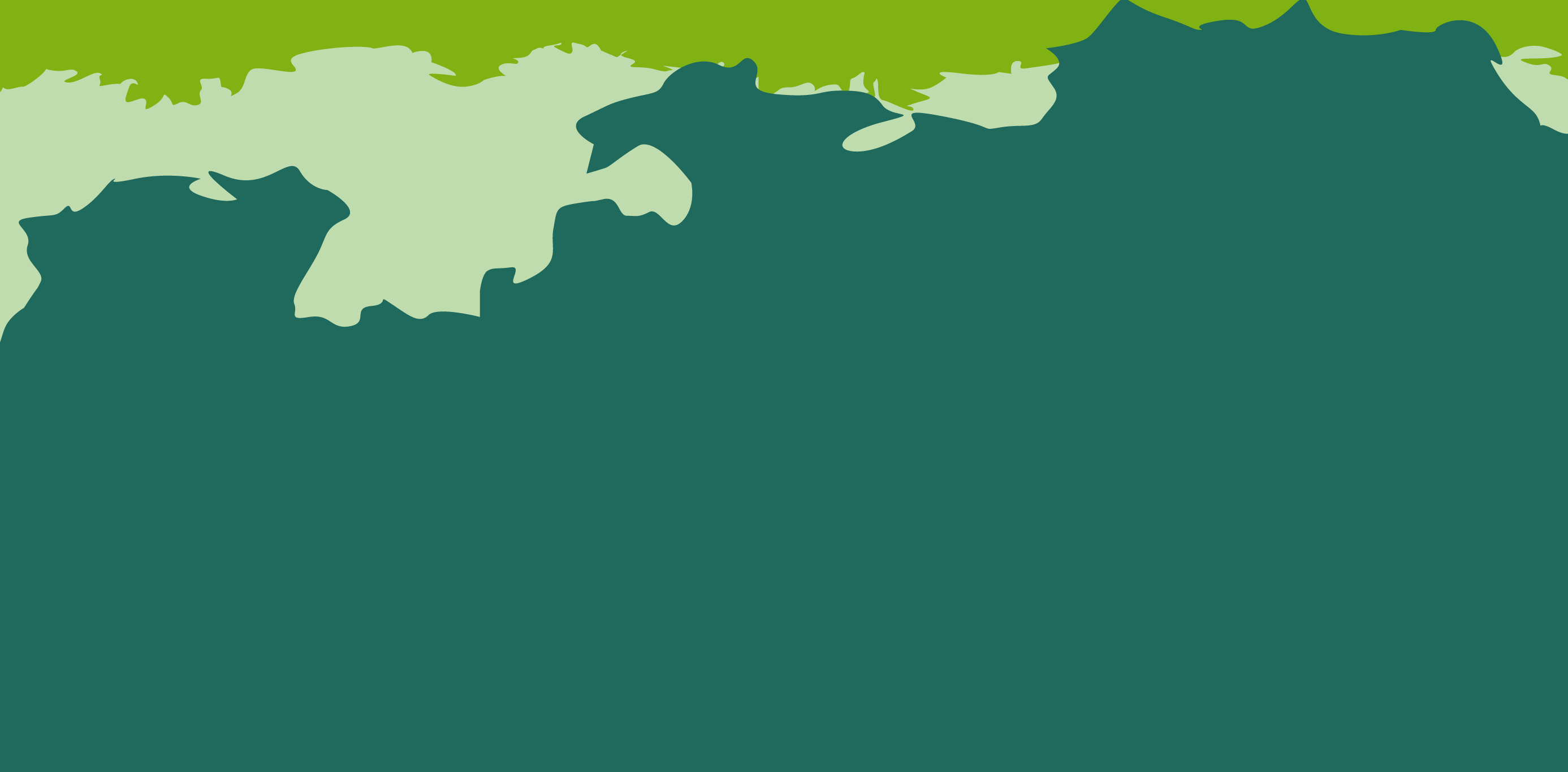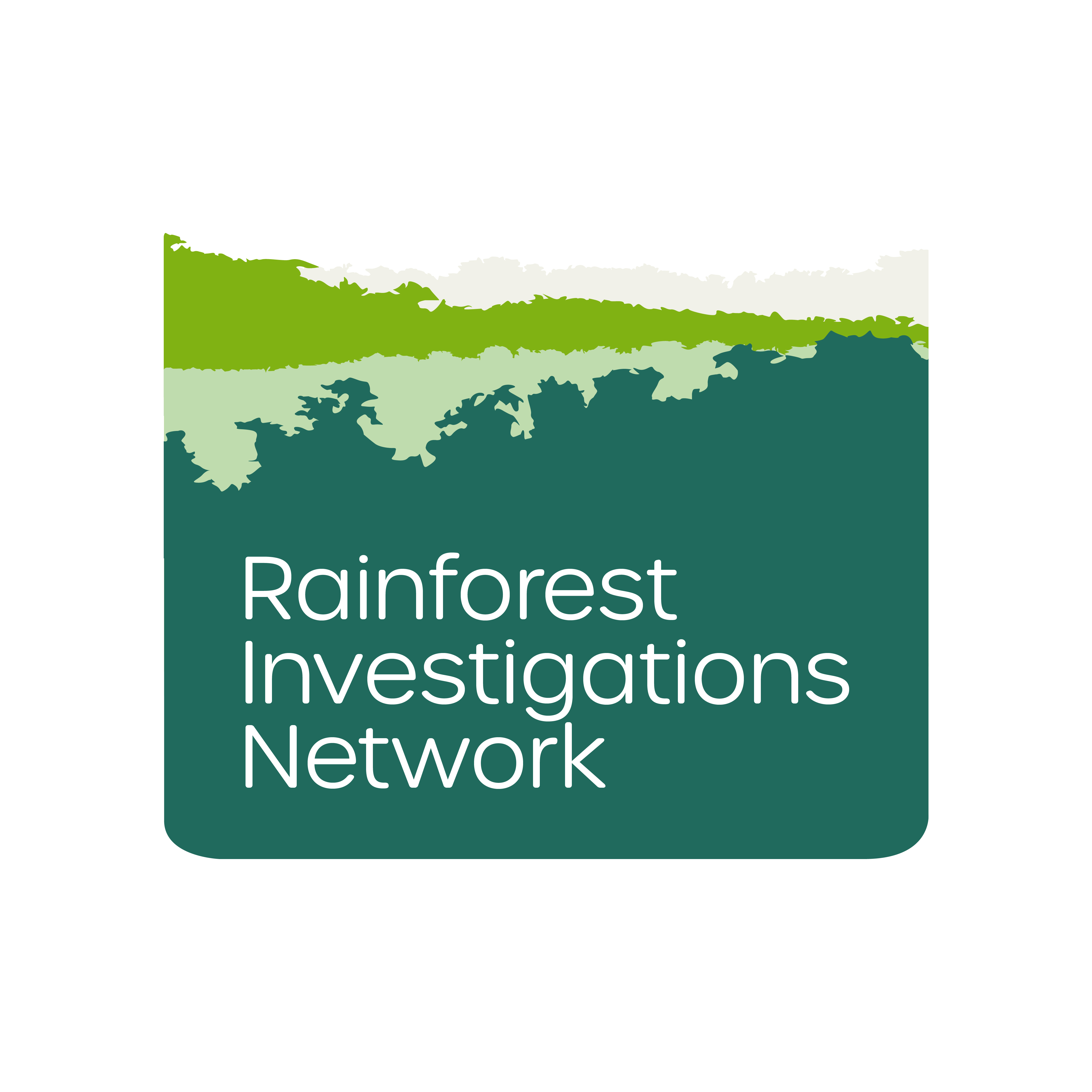This is a summary of the Intercept Brasil story "Ladrões de Floresta" by Rainforest Investigations Network (RIN) Fellow Fernanda Wenzel. You can read the full story in Portuguese here.
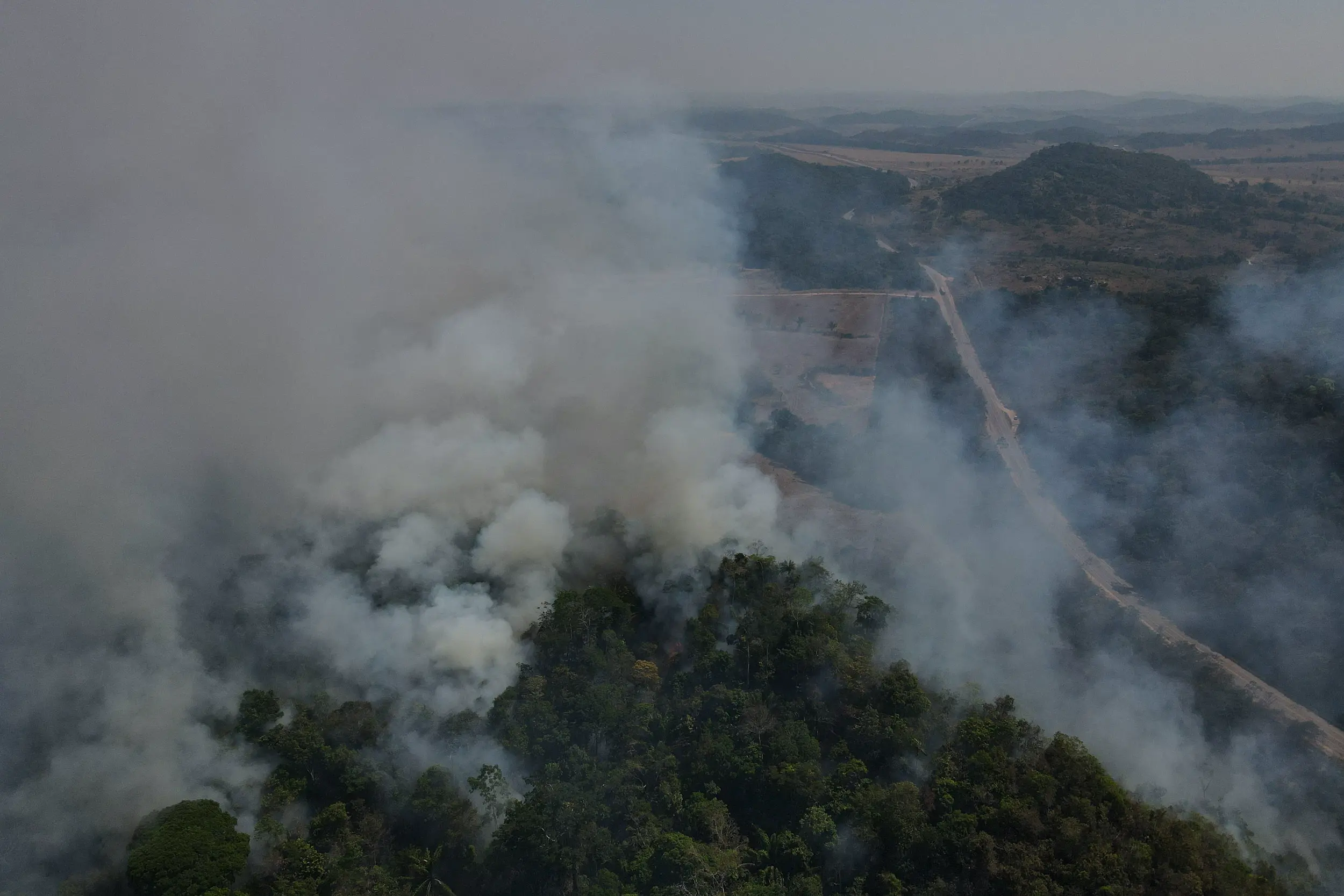
The largest continuous deforestation in the Amazon happened at the hands of three Brazilian businessmen. The way in which they obtained the land, the size of about 6,500 football fields and valued at 100 million Brazilian Reais (~ $18 million), and how they turned it into pasture illustrate the systemic land grabbing plaguing Brazil’s rainforest.

Whistleblowers and others in possession of sensitive information of public concern can now securely and confidentially share tips, documents, and data with the Pulitzer Center’s Rainforest Investigations Network (RIN), its editors, and journalists.
RIN Fellow Fernanda Wenzel went to southwest Pará to visit the site of this deforestation, which happened along the BR-163 highway between the districts of Castelo dos Sonhos and Vila Isol.
She found herself at a desolate pavilion, where 15 years ago local families used to hold the Castelo dos Sonhos farmer’s market. Instead of the noise of vendors selling açaí, honey, fruits, and vegetables, all you can hear now are the dozens of trucks with timber, cattle, and soy passing by on the dirt roads.
“There is a lack of produce, because nobody wants to plant anymore,” a resident who preferred not to identify himself told The Intercept Brasil.
Former farmers now work at sawmills, mines, or are clearing the remaining trees, according to the resident.
“After all, anyone who opposes the big landowners is in danger here, where the popular saying teaches by threat: “If you don't want to sell the land, that's fine. The widow sells cheaper,” he added.
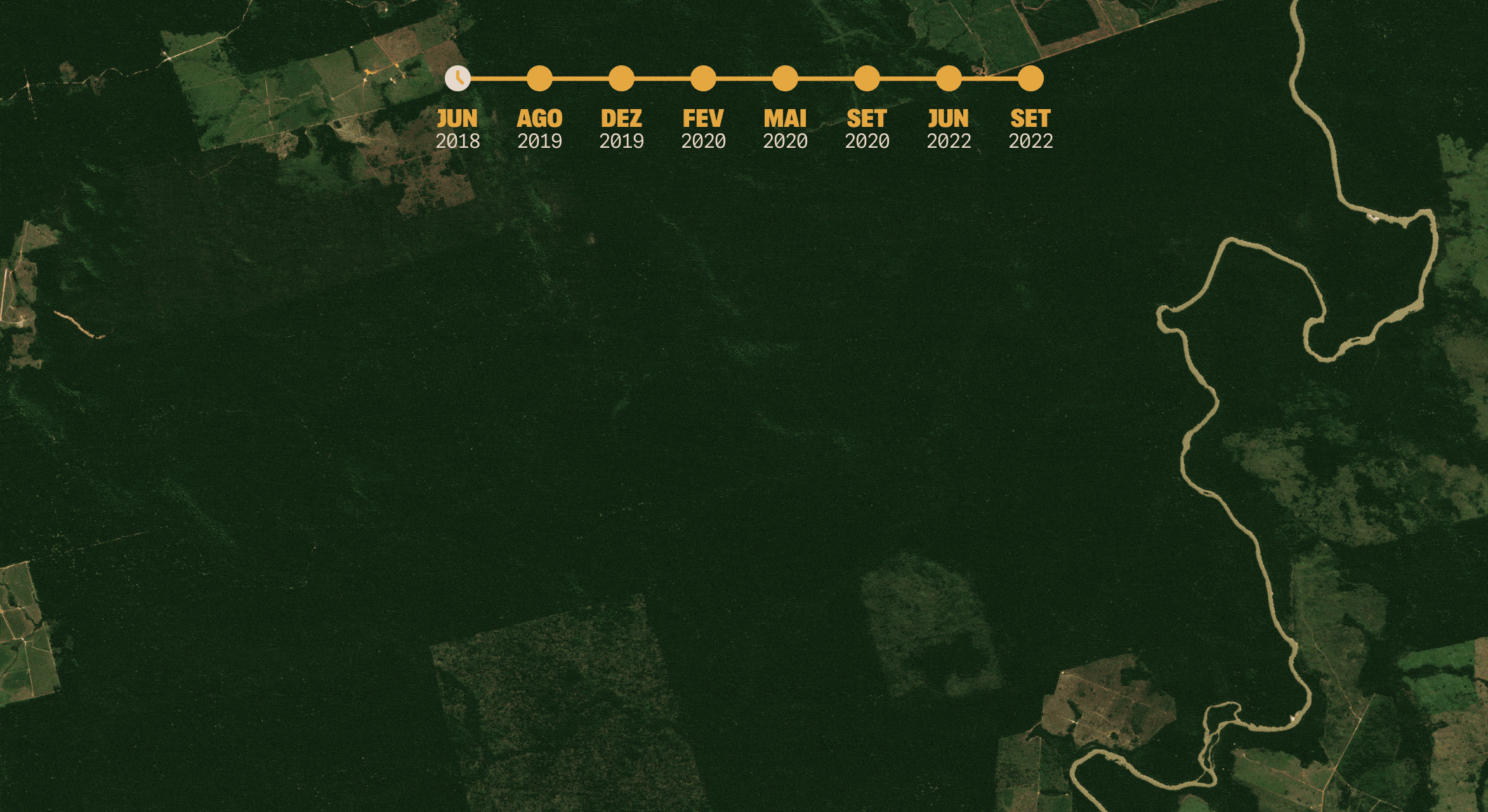
The districts of Castelo dos Sonhos and Vila Isol share the same economic elite specialized in mining, converting the forest into wood, cattle and, more recently, soy monoculture.
“Soy arrived like cancer, like an addiction. There is no way out of it anymore”, said Marcelo Reis, head of the local office of the Technical Assistance and Rural Extension Company of Pará.
The economic profile of the region is reflected in the brief list of commercial establishments installed along this stretch of the BR-163, which, in addition to numerous stores selling and buying gold, includes companies selling agricultural products, tire repair shops, and workshops for repairing tractors and backhoes, machines fundamental for work in mining and forest clearing.
“In general, each region has a local elite that has a close relationship with land grabbing and deforestation activities,” said prosecutor Ana Carolina Haliuc Bragança, who coordinated the Amazon Task Force of the Federal Public Prosecutors Office.
“This makes investigations difficult, as the mapping of these groups depends on a very in-depth knowledge of local networks,” she added. “Not to mention that they operate completely outside the system, making payments with cash, for example.”
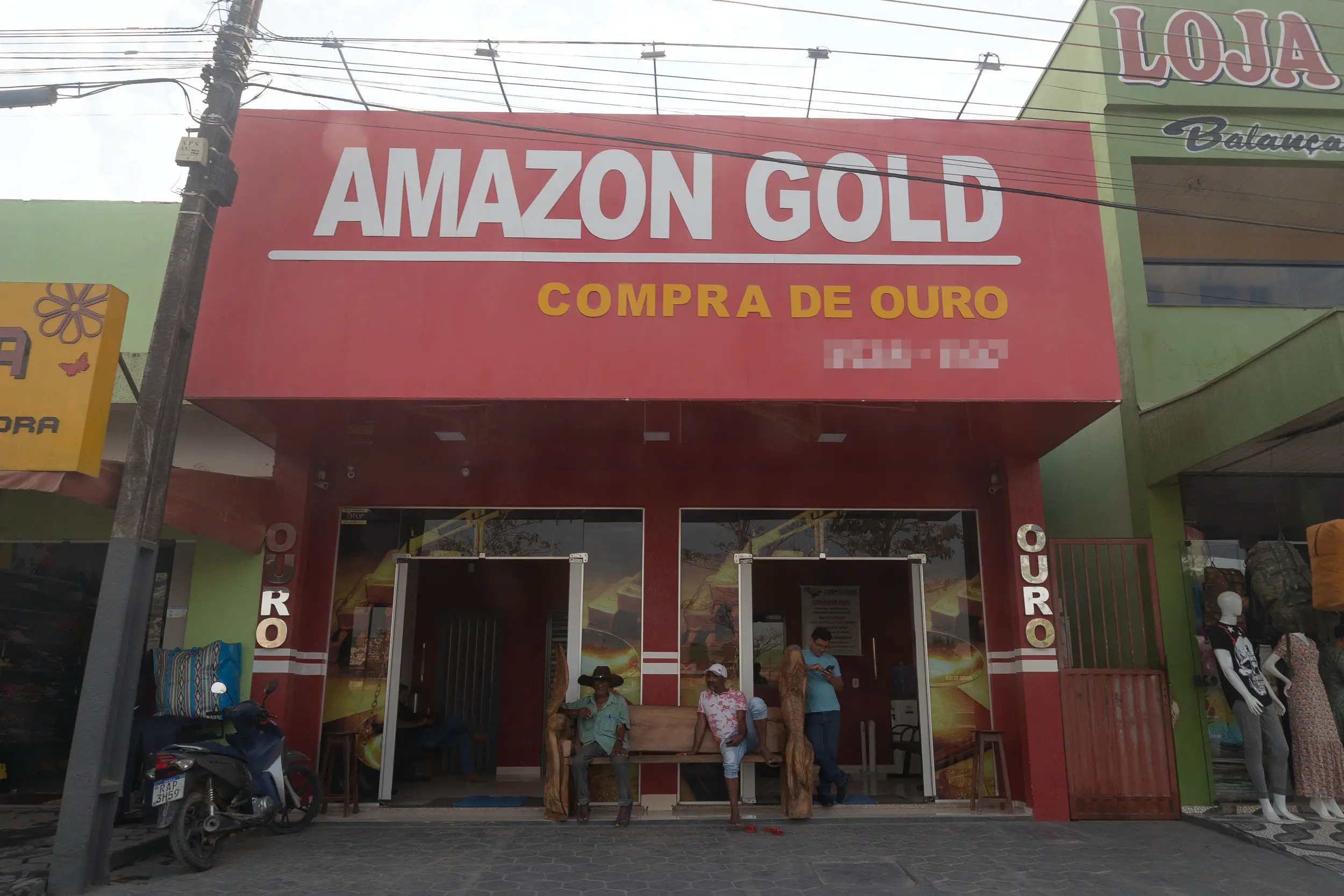
The starting point of all these activities is the same: the appropriation of public lands.
Not even two federal task forces against some of the biggest deforesters in the Amazon—operation Castanheira, which targeted the group commanded by Ezequiel Antônio Castanha in 2014, and operation Rios Voadores, in 2016, which tried to dismantle the gang of Antônio José Junqueira Vilela Filho—managed to intimidate invaders of public lands in southwest Pará.
On the contrary, in 2019 the region was the scene of “Fire Day,” when a group of farmers coordinated hundreds of arson attacks setting fire to the forest that had wide international repercussions. In 2020, Greenpeace identified a “new scheme of deforestation and land negotiations” in the region, whose main symptom is precisely the occurrence “in a short period of time.”
The largest continuous deforestation in the Amazon—which turned about 3.5 million trees and a biodiversity of more than 200 species per hectare into smoke—took place in about four months (from February to May 2020) at a cost of at least $2 million. What used to be 6,469 hectares of public land now bolsters the assets of a trio, according to the Brazilian Institute of Environment and Renewable Natural Resources (Ibama) and Semas, the Secretariat for the Environment of Pará.
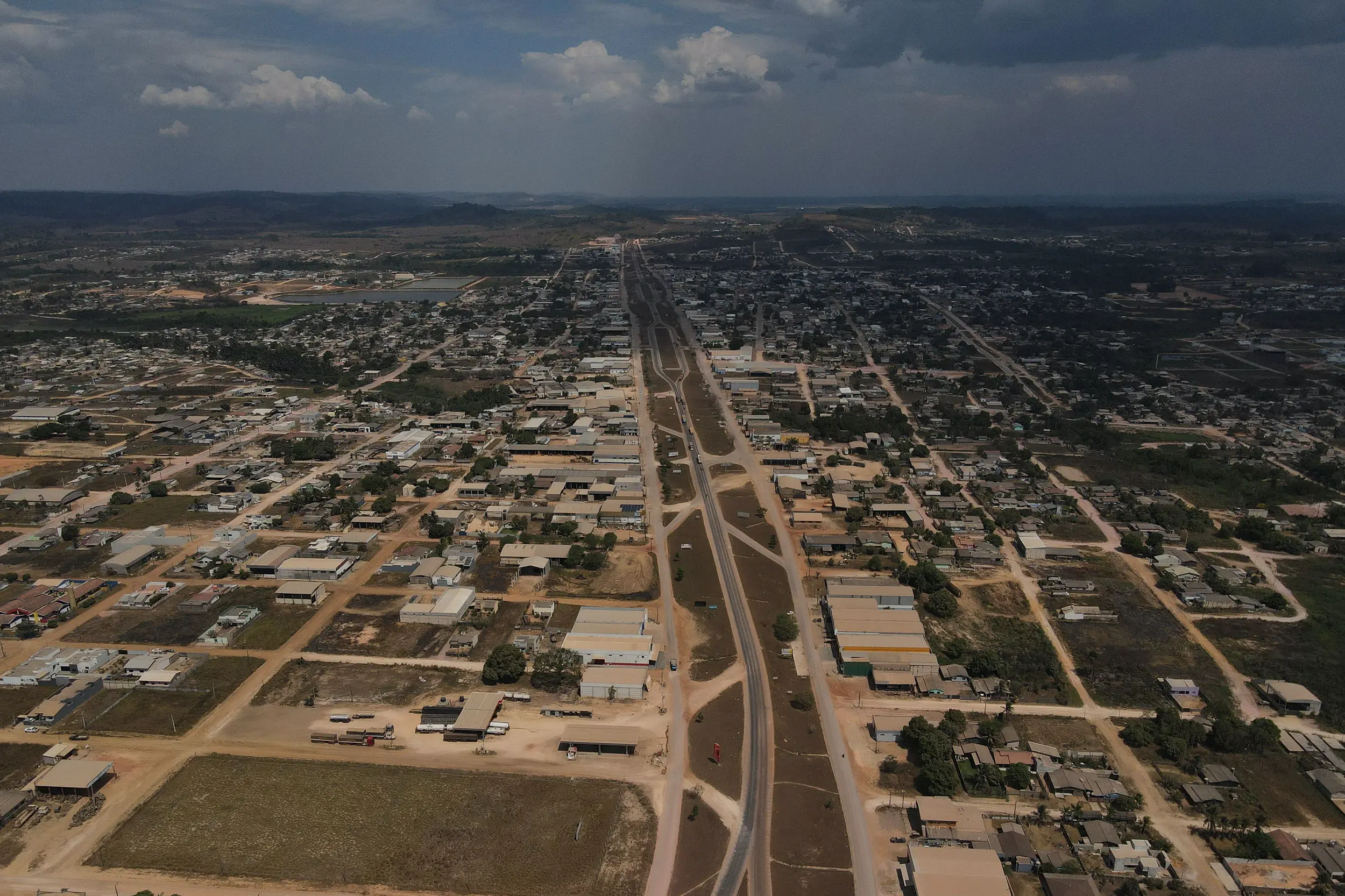
The first of the trio is Jeferson de Andrade Rodrigues, who has been fined $2.8 million by Ibama and also by Semas (still without a defined value) for his participation in deforestation. Born in Paraná, Rodrigues is 45 years old and has already worked at two farms in Castelo dos Sonhos.
Currently, he works in the purchase and sale of cattle, as stated in his Whatsapp profile description and seen from the various records of animal shipments published on his personal Facebook page. In addition to his slice of land in the largest deforestation in the Amazon, Jeferson also claims to own four other areas that, in fact, are public lands. Two of them were deforested in 2021 and are being divided into lots, a procedure that is customary in the land grabber's manual in the quest to regularize the property with the National Institute for Colonization and Agrarian Reform, Incra.
The second person named in the Ibama and Semas documents is cattle rancher Delmir José Alba, 56. A thin, tall man with a goatee, whose simple appearance (shorts, T-shirt, and cap) contrasts with the wealth, money, and prestige his family holds in the region. Recently, he sponsored the most important rodeo in Castelo dos Sonhos, alongside another powerful rancher—Manoel Alexandre Trevisan, known as Maneca, who has been accused of involvement in the murder of a popular leader shot by land grabbers 20 years ago.
Born in Santa Catarina, Nego Alba (as the rancher is known) came to Pará in the wake of an uncle and a brother who are among the first migrants to settle in the region. At least part of his route to Castelo dos Sonhos can be reconstructed from the environmental fines he accumulated along the way.
In 1995, Albo received the first environmental fine in Conceição do Araguaia, on the border between Pará and Tocantins. The following year, he burned vegetation without authorization from Ibama two hundred kilometers to the north, in the Pará municipality of Xinguara, earning a notice of infraction. From 1997 onwards, all fines he received were drawn up in the BR-163 region, between Novo Progresso and Altamira, where Nego Alba finally established himself.
Currently, his file with Ibama totals 10 penalties for illegal deforestation and burning, illegal timber trade, and non-compliance with an embargo, among other crimes, which add up to $2 million USD (values updated by the IPCA). Just over $3,600 USD (0.18 percent of the total amount) are listed as paid in the federal agency's system.
Both Rodrigues and Delmir took responsibility for the largest continuous deforestation in a statement to the Civil Police, given in June 2020.
Augustinho Alba, a rancher and brother of Delmir, is the third person held responsible for the deforestation that, in 2020, earned him a fine of $4 million USD. The six-figure sum did not intimidate him. The following year, he would be fined another $5.6 million USD for continuing with deforestation and preventing forest regeneration. In a statement, the rancher's defense said that "there is no correlation between the area owned by Mr. Augustinho Alba and the deforested [area].” It also stated that the deforestation occurred on the property of his brother Delmir, (with whom he claims to have broken up a partnership) and was mistakenly attributed to him by Ibama, after an error in checking the satellite monitoring.
Firing Rounds
The biggest felling of trees in the Amazon took place at the back of properties owned by Augustinho Alba (Fazenda Santa Tereza) and his son, Gustavo de Jesus Alba (Fazenda Bom Jesus). According to The Intercept's reconstruction of satellite images and analysis by the Center for Climate Crime Analysis (CCCA), an NGO that works to bring companies that contribute to global warming to legal action, and Earthrise Media, an organization that uses technology for environmental conservation.
Thanks to these satellite images it was possible to reconstruct the deforestation step by step, from the first signs of logging to the planting of pasture for cattle. The story begins approximately two decades ago, with the opening of a winding path towards the forest, in search of wood of greater commercial value.
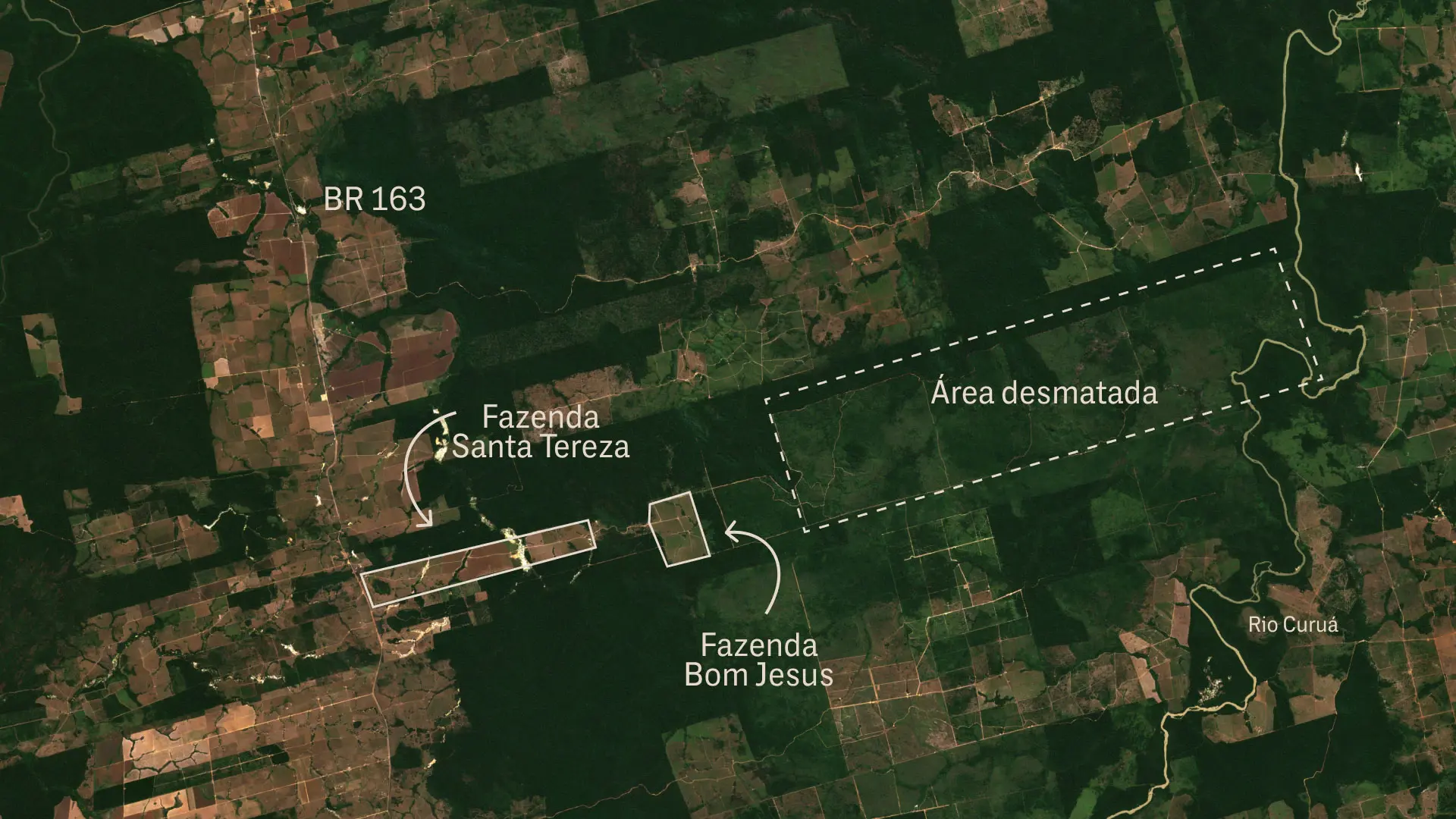
It started with a traditional logging road, explained Heron Martins, coordinator of the CCCA's geospatial analysis laboratory.
“With the money from the sale of this wood, the subject will finance the tree felling itself, which requires renting machines and hiring labor, buying grass seeds and the first heads of cattle,” he said.
After years of logging, in December 2019, wider roads were opened to divide the area into large lots. Despite the strong presence of clouds in the subsequent months, which interferes with viewing satellite images, in February 2020 it is possible to see the first signs of massive forest clearing—a stage that would be completed in just four months.
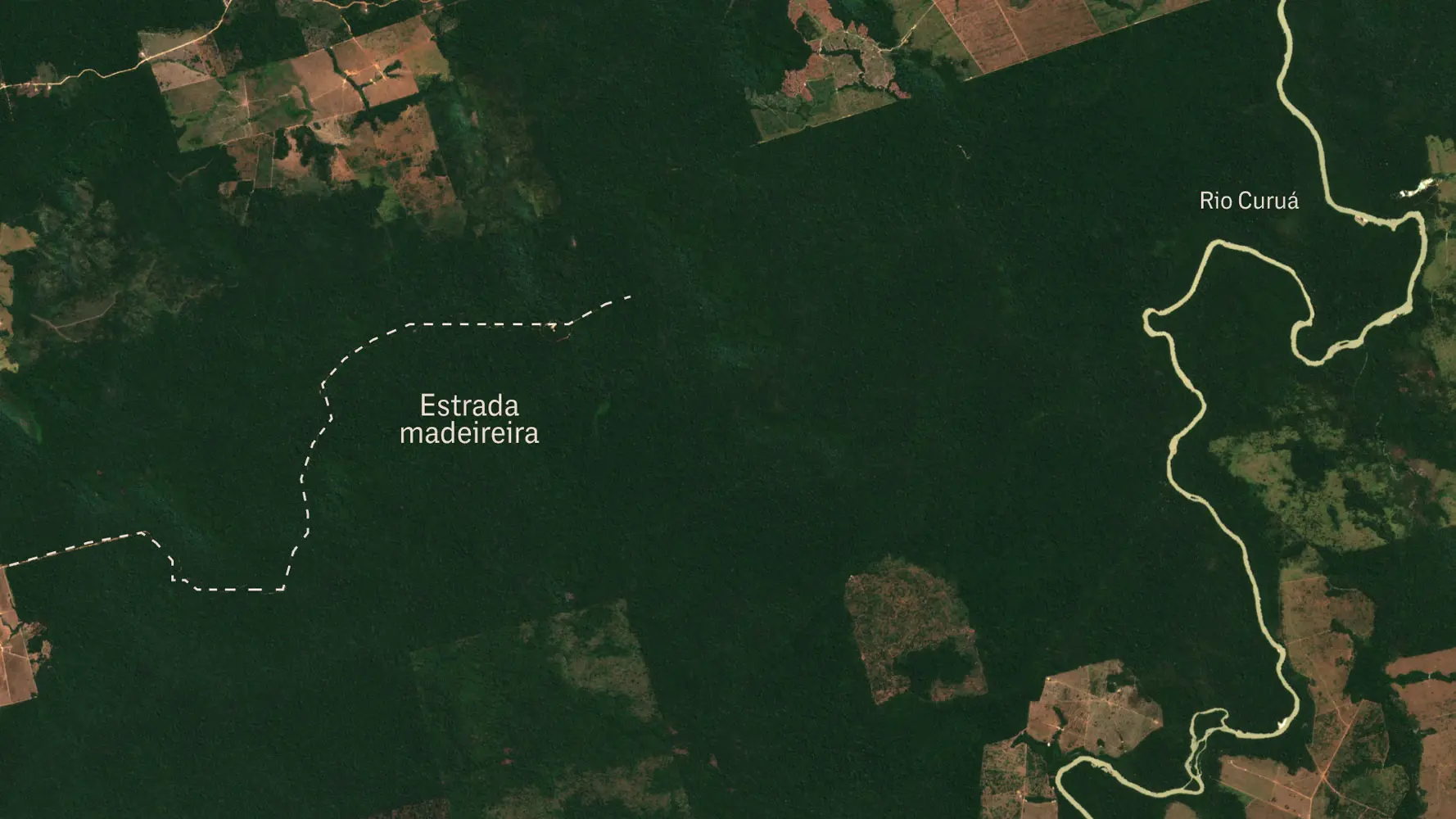
The Semas team arrived at the site a short time later, in June 2020, when they came across numerous felled trees (among them, protected species such as the Brazil nut tree or castanheira) and others semi-decapitated, with deep cuts that are up to 70 percent of the trunk diameter deep, making the trees ready to fall by the force of the wind or by the fall of another tree over them.
“There is the perception that this is a technique used to delay the deforestation alerts captured by remote sensors, since after making this type of cut, the trees fall little by little, taking weeks to fall,” observed the inspectors.
The civil servants were certain that the next step for the land grabbers would be to set fire to the debris of the vegetation. For this reason, Semas inspectors recommended that public bodies would continue to monitor the area. Although predictable, the outcome was not avoided: Three months later, fire would be effectively used to finalize the “cleaning” process and facilitate the growth of the pasture.
“This case is very typical of the forest clearing process that has taken place since the 1970s in the Amazon,” Martins said.
The monitoring of satellite images shows that the destruction process remains ongoing. In early September, when we were finishing writing the first article in this series, satellite images captured yet another round of fires in the area—probably to eliminate what was left of native vegetation.
Professor at UFPA and doctor in human geography from the University of São Paulo, Maurício Torres explained that land grabbing takes place from two different processes. The first takes place on the ground and consists of cutting down the forest.
“Without deforestation, there is no land grabbing, because that is the main instrument of territorial control,” he said. “That's what the guy will use up front to show that the area is 'productive'. In other words, what a government agency understands as an environmental crime, 'land regularization' programs understand as proof of occupation.”
While the peons worked hard on the first stage of land grabbing, Delmir Alba and Jeferson Rodrigues streamlined the bureaucratic stage of taking over public lands. And no paper is as easy to obtain as the Rural Environmental Registry, the CAR, a self-declaratory document created in 2012 to gather environmental information from rural properties, but which ended up being subverted into an instrument to facilitate land grabbing.
In January 2020, Rodrigues created a CAR for his portion of land appropriated by the Union, located on the banks of the Curuá River and named Fazenda Vale do Curuá, with 2,420 hectares.
The Intercept contacted Rodrigues and he confirmed that he owned a farm in the deforested area. Without giving further explanation, he said he has already provided clarification to justices.
In March of the following year, the remaining portion of the area (5,803 hectares, almost 6,000 soccer fields) was included in the CAR system as Fazenda Nossa Senhora Aparecida, in the name of Delmir Alba. The Intercept reached out to Alba, through his personal Facebook profile and also through his wife's account, but received no response.
Reporters also contacted two lawyers who had defended the rancher, but both said they stopped representing him. When the Intercept visited the region in August 2022, reporters were unable to access any of the farms. Gates prevented entry, making it clear that this area now has an owner.
To read the full story in Portuguese, click here.
- View this story on Mongabay


